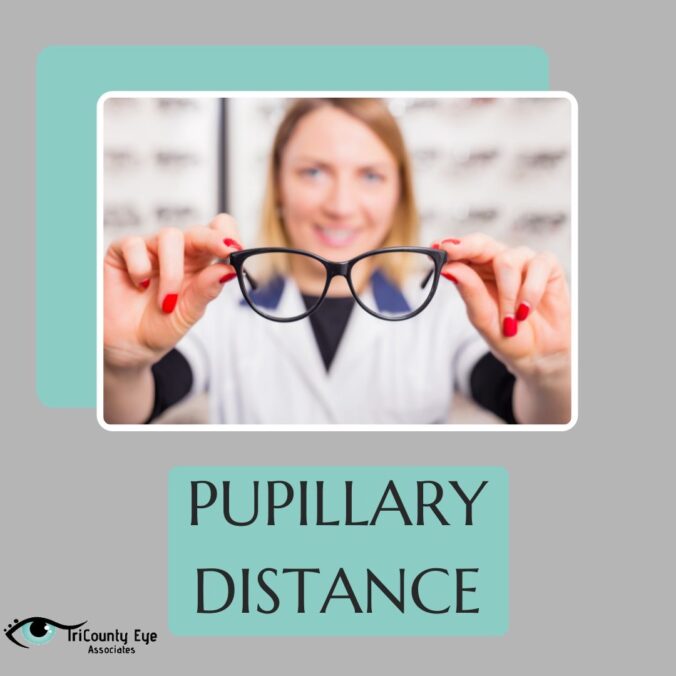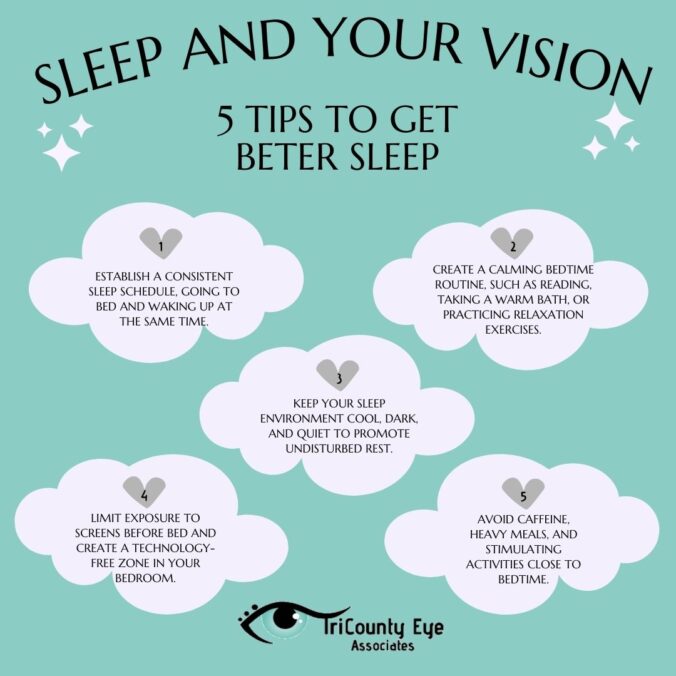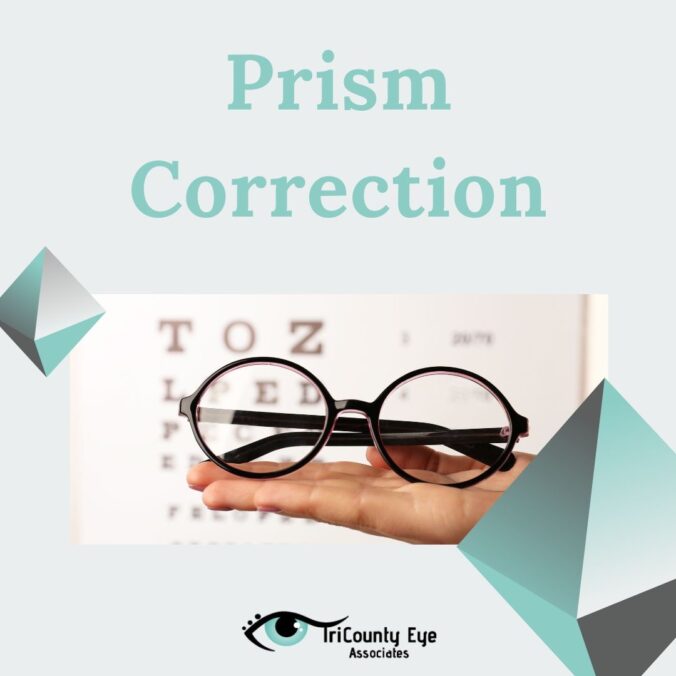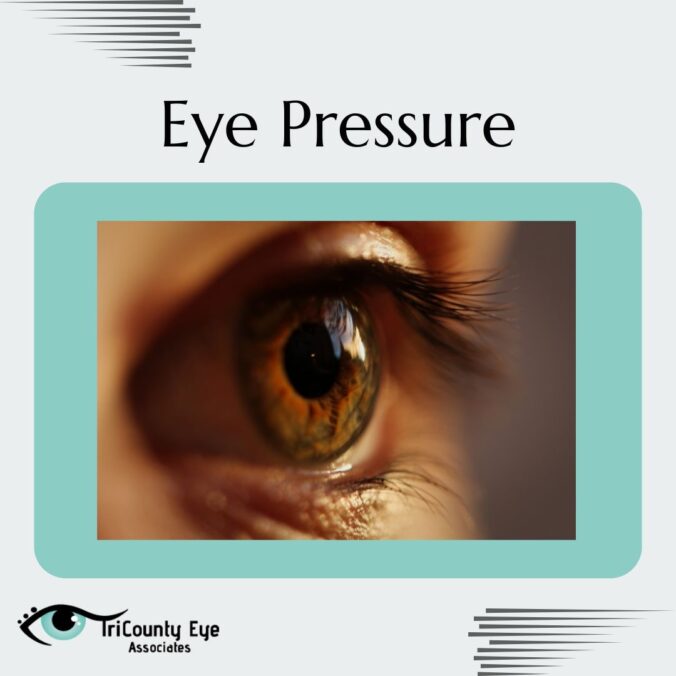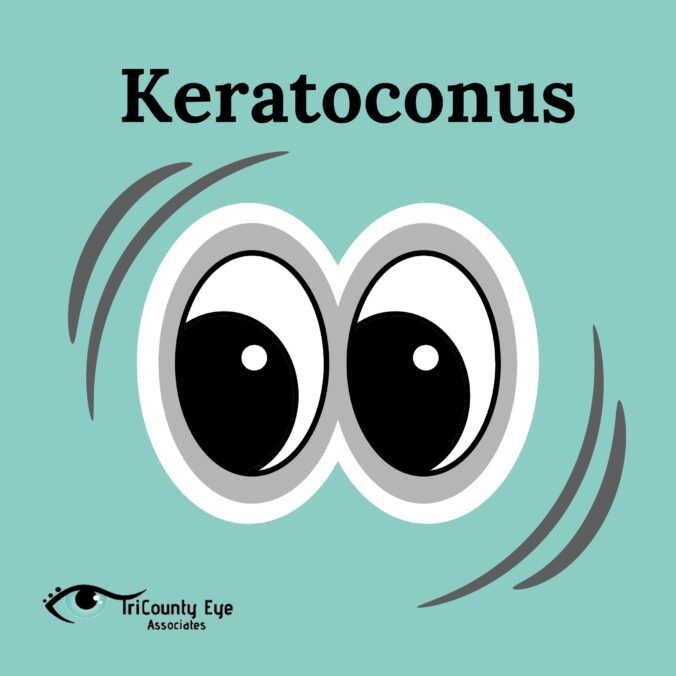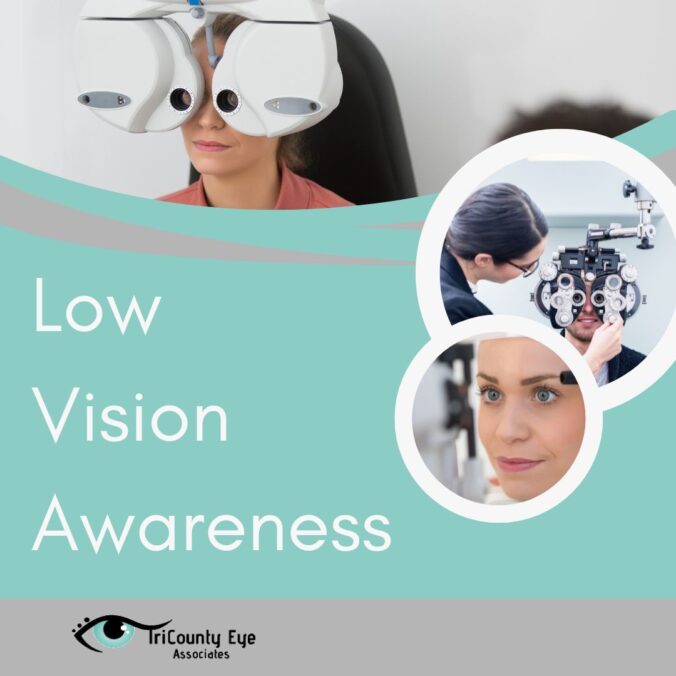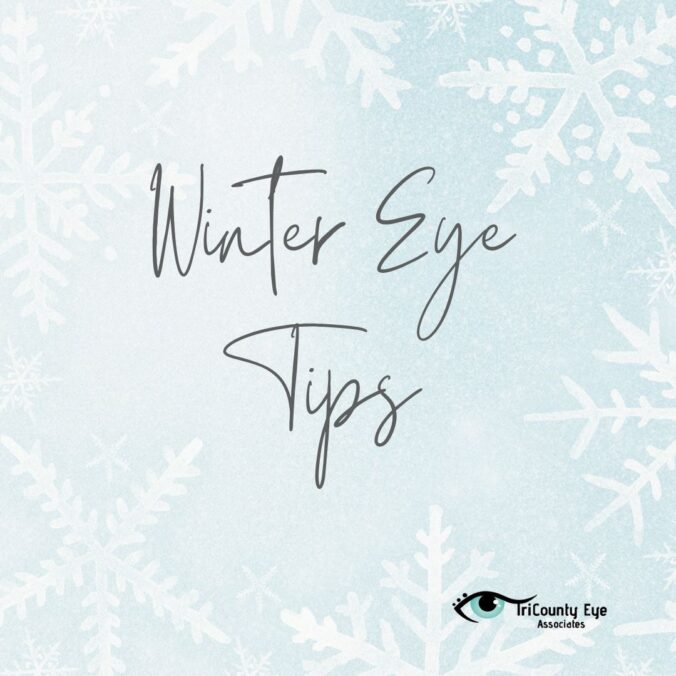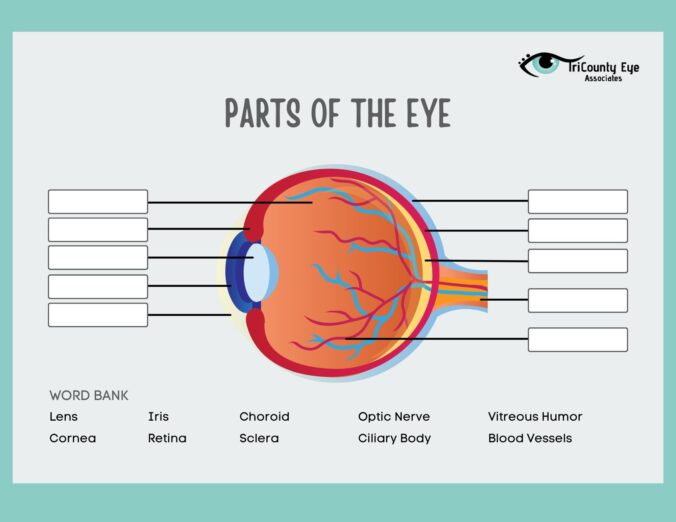There really isn’t anything you can’t get online these days. Groceries, clothes, household supplies. You name it, you can order it. The age of convenience is upon us and boy has it made our lives a little easier.
It may seem like the best idea would be to do most of your shopping online. There are still somethings that it is important to go in person to buy. Eyeglasses would be one of those things. We want to explain why it is so important for you to come to your local eye store for your glasses and contact needs.
PUPILLARY DISTANCE MEASUREMENT
This measurement is referring to the distance between the center of each of your pupils. It is important to get this measurement just right so that your eyes are able to focus together.
There are two different ways this type of measurement can be taken.
- Binocular PD-one number that represents the measurement of the center of one pupil to the center of the other in millimeters.
- Monocular PD-two numbers that represent the measurement of each pupil to the center of the bridge of your nose in millimeters.
If you try to do your own PD measurement at home and this measurement is off, it can cause eye strain, headaches, blurry vision and discomfort. This is a tough measurement to get right, especially on your own. We highly recommend letting a professional do it so that you get the right glasses the first time around.
PERSONAL EXPERIENCE
TriCounty Eye Associates prides itself on the fantastic customer experience you get when you come to one of our offices. We are locally owned and treat all our customers like family. Our staff aims to provide all eye care needs for our customers, and our service will speak for itself once you come to visit. This is something you cannot get from an online store.
SUPPORT LOCAL BUSINESS
Small businesses can be forgotten when big box stores take over a community. That, along with web based stores that boast convenience, can severely impact the customer base of a small local business. With large chain eye care stores you are going to miss out on the specialized customer experience of being taken care of people who know you. Consumers like you can have a direct effect on the locally owned businesses around you.
A couple of big reasons to shop local are:
- You help stimulate the local economy which has a direct impact on your local businesses.
- You inadvertently help local charities because local business owners tend to donate more to local charities.
- It will add jobs to the local community. As one small business grows, they are going to need more help.
- More small businesses mean there are more choices for you, the consumer as well as lower prices.
- You matter more. Like we were saying earlier, we treat our customers like family.
Here at TriCounty Eye Associates, we want to make sure you get the best eye care possible. We can assure you will get that with us because we will provide you with accurate pupillary distance measurements and the best possible customer experience. YOU will get the satisfaction of knowing you are supporting your locally owned businesses and supporting your local community.

